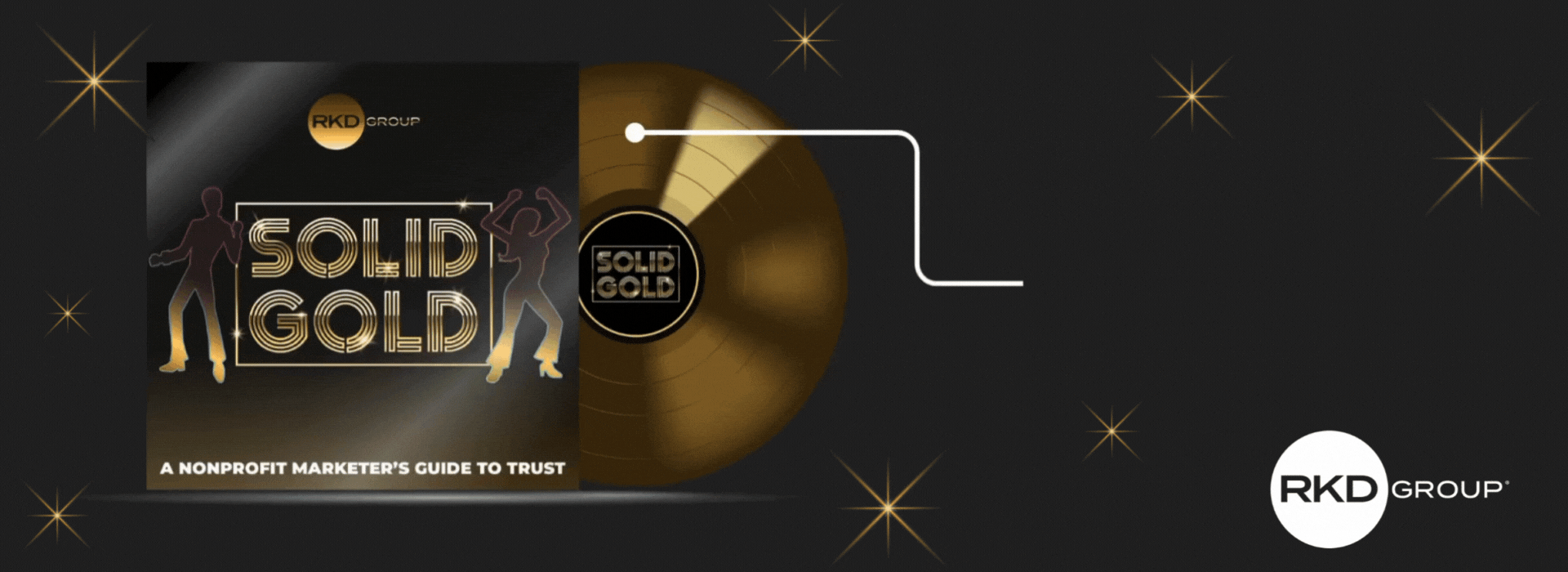If you’ve been following my journey here, you’ve probably read about why empathy must lead the way when building technology products in the nonprofit industry. That means we need to start with a strong understanding of the people using our products.
Building upon that idea, I’ve had many conversations with people throughout the nonprofit fundraising space. Those discussions led to five areas of need that stood out to me, which I highlighted in my previous blog post.
In this blog post, we’ll unpack the first of those ideas: accurate and accessible data.
The importance of accurate and accessible data cannot be overstated. It is the foundation, the bedrock upon which successful fundraising campaigns are built.
In fact, fundraising outcomes are just one aspect. The right data foundation can propel your nonprofit’s entire mission to new heights, while inaccurate data could hinder your organization’s brand equity.
Yet many nonprofit organizations and their marketing teams (in house or via agencies) face significant challenges in getting, keeping and seeing their data. Let's delve deeper into these challenges and the solutions that can transform your data into a powerful fundraising tool.
Getting data: The start of the journey
The process begins with acquiring data, and here we’re focusing on two aspects: the source of data and the type of data.
The source refers to either the channel or the platform. Data could come from:
- Email platform
- CRM
- Donation forms that one fills online
- Organic search
- DRTV or radio
- Mobile text or SMS
- Social media or other digital media
The type refers to a wider range of categories. Not all data is created equal, they could be:
- Structured vs. unstructured
- First party vs. third party
- Historical vs. real time
- Demographic vs. behavioral
It’s critical to understand that donors like to interact with your nonprofit’s mission in a wide variety of ways, hence giving rise to a variety of data sources and types of data—there are probably more than you realize—that intersect with your fundraising program.
Keeping data: The art of unification
Once you know where the data is coming from and what it looks like, the next hurdle is sorting and unifying this data effectively.
Remember the adage, "Garbage in, garbage out"? Proper organization, synthesis and aggregation are essential to making your data usable.
If you have Excel spreadsheets floating around by email, you’re not connecting your data in the right way. Likewise, if you have a series of platforms and software that don’t communicate with one another, you’re still not getting the most out of your data.
Think of it as a kitchen where different ingredients and tools are stored in the refrigerator, the pantry, the cabinets, etc. When you need to cook a meal, you grab the pots and pans, the meat, the sides and the seasoning you need.
Your data needs to be in the same “room” where you can access it when you need it.
Nonprofits need a unified, single data foundation that brings everything under one roof to sort, organize and activate data.
Seeing data: The golden record
The final challenge is making this data consumable and usable. This is where the magic really happens.
With all your data sources in the platform and organized into various categories, you can create “donor golden records.” This means that everything you know about a particular constituent can be found together in one place.
Then—when you need to serve up communication on the donor’s channel of choice—all you need is to reach into the golden record and pull the relevant data to have a personalized and meaningful engagement with the constituent.
Golden records can be used to power more personalization and automation within your fundraising program. How deep you go into segmentation depends on your data, your tools and your preferences.
Think about an animal welfare organization building an audience of $1,000+ donors who also follow them on Facebook … and live in Colorado … and love cats … you get the idea.
With a unified, comprehensive view of your data, you can truly elevate your fundraising to the next level. You can build comprehensive reports, real-time dashboards and complex AI solutions—each harnessing data in a different way, much like different recipes you cook in the kitchen.
Putting it all together
Wearing the empathy lens for data means pulling the right data from the right place to serve up the right message to the appropriate constituent.
The ideal system doesn't just “own” the data. It welcomes data from diverse sources, activates it to deliver better donor experiences and—this is important—returns more data after activation.
Constituent actions are dynamic so data can’t be static. It’s about creating an iterative cycle where data is not only taken in but also enriched and fed back into the system. This creates a dynamic where each interaction with a donor advances the conversation.
Remember, in the world of data-driven fundraising, it's not just about the numbers. It's about the people, their stories and the impact they make on the world.






Leave a comment: